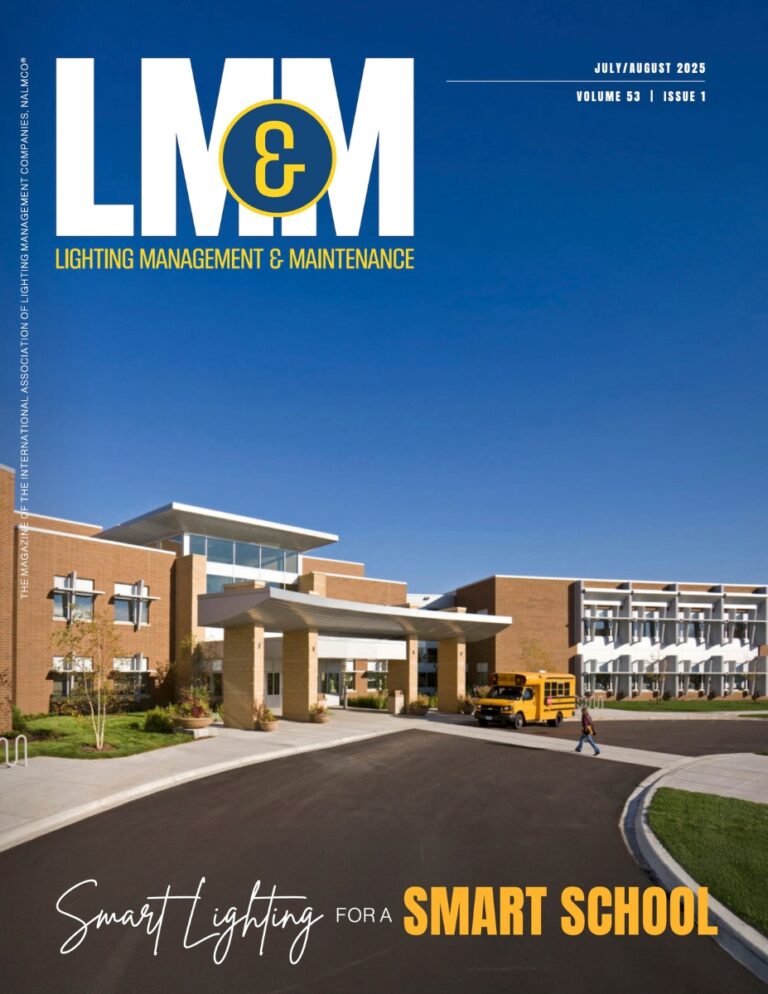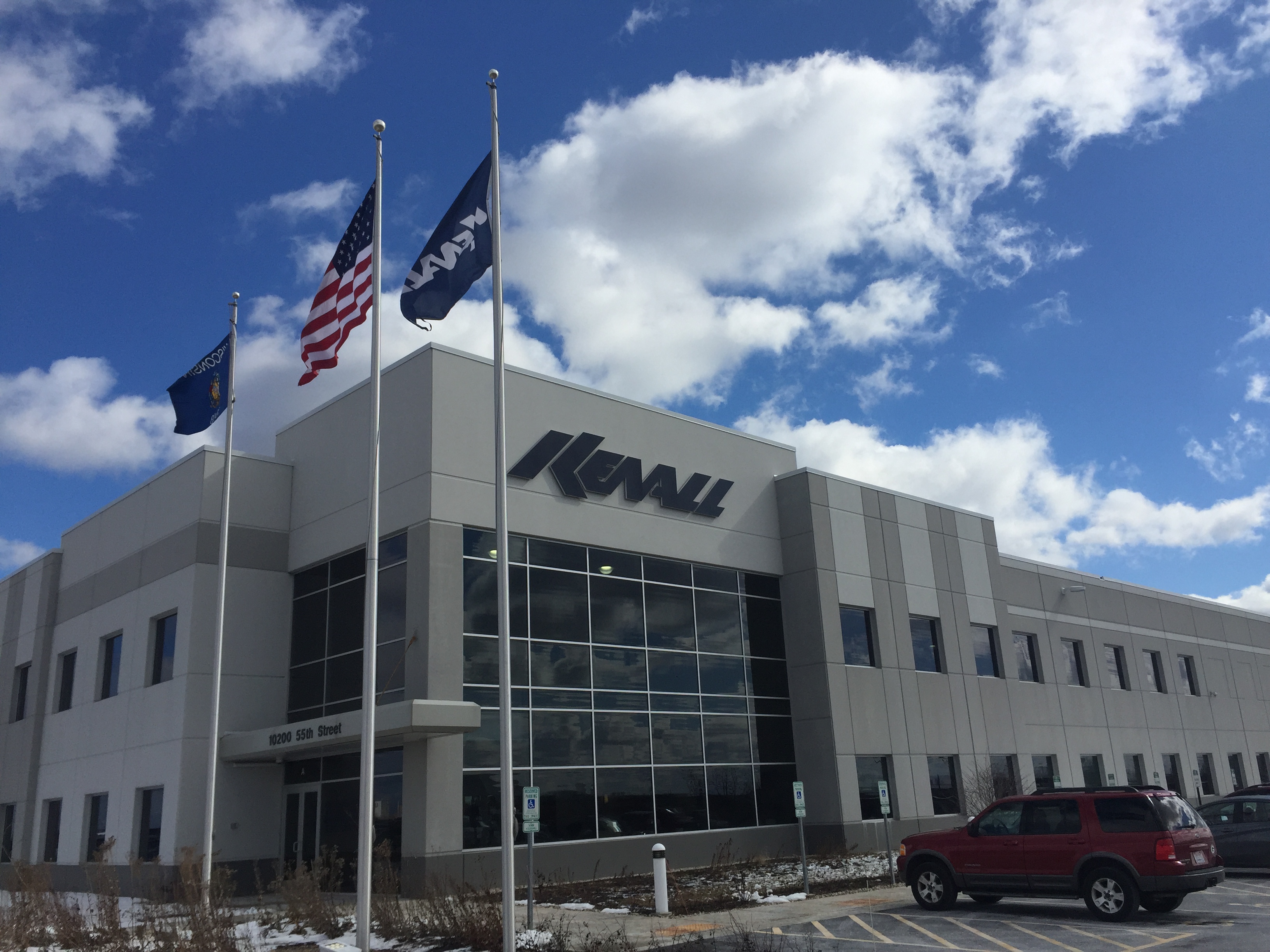Your humble editor has always thought of Kenall as a Vandal-Resistant type of company. I spent the day with Kenall earlier this month and learned that they are much more. Same rules were in place for Kenall that were in place for my visit with Hubbell. I have the right to speak to any employee regarding any subject at any time during the visit.
Kenall was started in 1963 by Ken Hawkins and is now owned by his son, Jim Hawkins, so only two owners in 54 years, which equates to no quarterly numbers to meet, and no pressure from outside investors. Being privately held has allowed Kenall to deeply invest, which they are doing with their Indigo-Clean business. More about that later.
Today, 90% of their business is LED with 9% remaining in linear fluorescent. Occasionally they will try to match a 20-year old existing HID fixture and that is the remaining 1%.
The high-abuse vandal resistant market was where the company gained its start, as Kenall was the first to use polycarbonate as a lens material. Next, they developed sealed enclosures, then luminaires for the medical market. Today their main volume is in parking garages, transportation and security/detention. Patrick Marry, President/Coo told me, “Never play in a commodity market ever.” I love that strategy!
Kenall is non-union and employs 400 to 500 people in one full shift and a partial 2nd shift. I used to sell Universal ballasts to them 20+ years ago when they were located in a 115,000 sq. ft. building in Gurnee, IL. The Kenosha facility is 355,000 sq. ft. with plenty of room for expansion. I was pleased to hear that they still purchase Universal drivers today.
Much of their security type fixtures end up in college dorms. Colleges and housing projects are big high-abuse customers, in addition to detention facilities and prisons. High-abuse is just one aspect for luminaires in the prison market. An equal consideration is to design seamless luminaires so things like razor blades can’t be hidden.
Most products have tunable color as an option, but Kenall is quick to point out they are not in the business of recommending lighting algorithms or dosing of a particular CCT. They leave that to the end user.
Although I have read about Indigo-Clean, I was in no way fully aware of the tremendous benefit this patented product can offer our society. I had incorrectly assumed it was another UV system that can kill some germs. But it’s not UV at all, it’s much more.
Today hospitals typically use UV-C to clean rooms where episodic disinfection is required. UV-C is dangerous because it can harm eyes and skin. Usually a room will be totally cleared of people and a UV-C robot enters the room, cleaning the area using UV pulses. It is effective, but inconvenient since equipment (the robot) and people have to be moved.
With Indigo-Clean, Kenall has a better solution. First they mix 405 nanometer blue LEDs with phosphor to create a very pleasing white that provides continuous light disinfection. My interview with Patrick Marry was conducted under this light in a conference room without my knowledge, as the luminaires appeared white. Little did I know that I was being cleaned during our discussion. It was fascinating because the blue “cleaning” LEDs were not noticeable. It is safe, and can be used with people present as it slowly kills bacteria throughout the day. It’s like a Roomba cleaning your carpet while you are at work.
The second Indigo-Clean setting is designed to run when the room is vacant, conducting a deep clean. Sensors detect when an area, such as an operating room, is empty and can switch from the white appearing light to indigo, which is between purple and blue on the color spectrum. This is like the Maid Brigade coming to your home and conducting a deep, thorough cleaning. The specific 405-nanometer wavelength does the heavy lifting and disinfects bacteria at a much faster rate than the previous white light. It will not harm people, fabric, or equipment in any way, but it is an uncomfortable color, so it is only used when the rooms are vacant and is controlled by a motion sensor.
Indigo-Clean was originally designed for operating rooms, which are perfect candidates as O.R.’s have the costliest infections in hospitals. Surgeries are typically conducted back-to-back with maybe 15 minutes in between. Operating rooms are also the last profit centers where hospitals still make money so the rooms must be fully utilized, and there are limited alternatives to keep the space nominally clean.
Imagine a patient contracting an infection during a hip replacement. That infection is deep in the bone and may cost the hospital $100,000 to fix. Some bacteria in hospitals are antibiotic resistant, and that is one reason 99,000 died last year from HAI’s (hospital acquired infection). MRSA is another bad bug, and Indigo-Clean kills it overnight.
In one clinical study, there were two surgical units next to each other, one with Indigo-Clean and one without. The results, published at this year’s AORN conference in New Orleans, showed a 73% reduction in SSIs. They also noted an interesting phenomenon that developed during the study…adjacent rooms saw a reduction in bacteria with no Indigo-Clean lights installed. Orthopedic surgeons, who typically pay their own liability insurance, are requesting the Indigo-Clean room for their surgeries.
Another hospital opportunity is the patient bathroom where there is a lot of bad stuff that happens. These rooms are vacant 99% of the time, so they are in the indigo mode until the patient opens the door and the light immediately switches to white mode.
To underscore the importance of reducing infections, Infection Prevention now has a seat with architects as a hospital or ambulatory surgical center is being designed.
Kenall sells the Indigo-Clean luminaires through their same network of reps as for general lighting. I challenged them on this decision, but they are finding that Indigo-Clean is a spec lock that helps them get the general lighting on the job as well, so their strategy makes sense.
If you prevent one infection in the operating room, the system has paid for itself.
Kenall licenses the technology from the University of Strathclyde in Glasgow, but they have developed their own intellectual property on how to dose a room. Kenall seems to have this market to themselves, but in November 2017 Kenall filed a complaint against New Star and ClearVu Lighting, a story EdisonReport covered. These cases are ongoing and Kenall staff is unable to comment further.
Kenall has several deployments of Indigo-Clean throughout the U.S.totaling 350,000+ hours of continuous use in the field. Once proven in healthcare environments, Kenall plans to expand to other vertical markets that it currently serves, such as athletic facilities, cleanrooms and correctional facilities.
I asked Patrick about his annual revenue and offered a few ranges, but he would not comment in any way, shape, or form. I asked if the company was for sale and he said no. I think Kenall is a rare jewel in our industry and my bet is they have frequent suitors. Let’s hope they keep it private and can continue to thrive.
In addition to Patrick Marry, the following people were interviewed for this article:
- Vic Fernandez, Director of Manufacturing
- Scott Jackson, Indigo-Clean Sales Director
- Nathan Heiking, Advanced Lighting Product Manager
- Clifford Yahnke, Director, Indigo-Clean Clinical Affairs
- Heather Lowrey, Marketing Manager
- Joanne Cummins, Sr. Marketing Manager
- Jeffrey Misak, VP, Engineering






